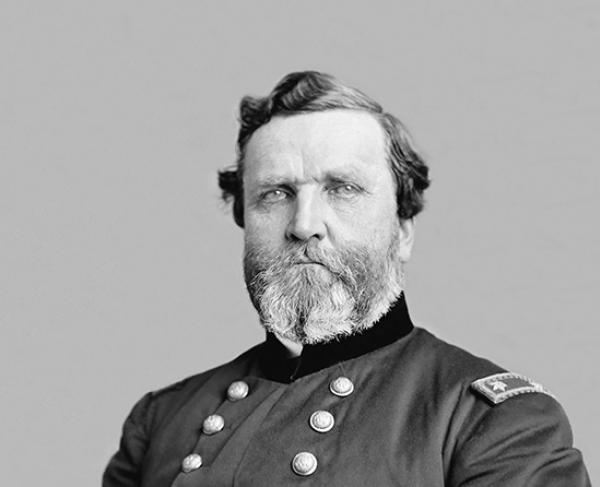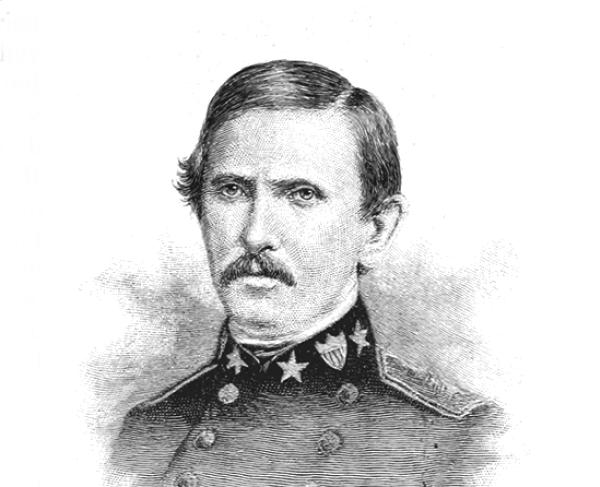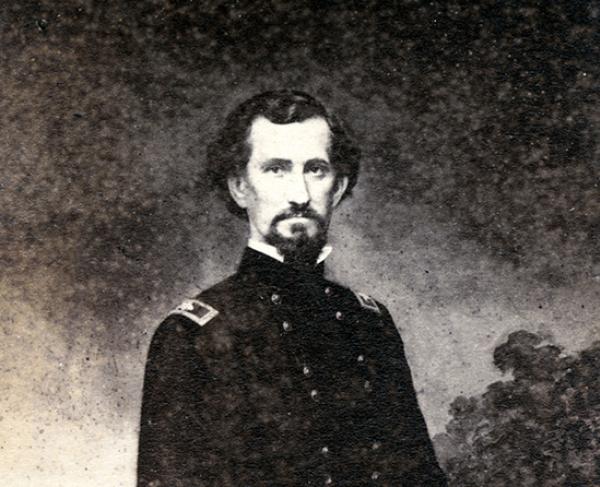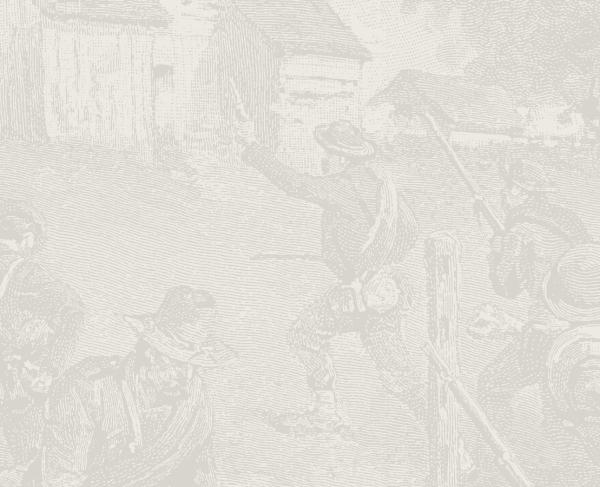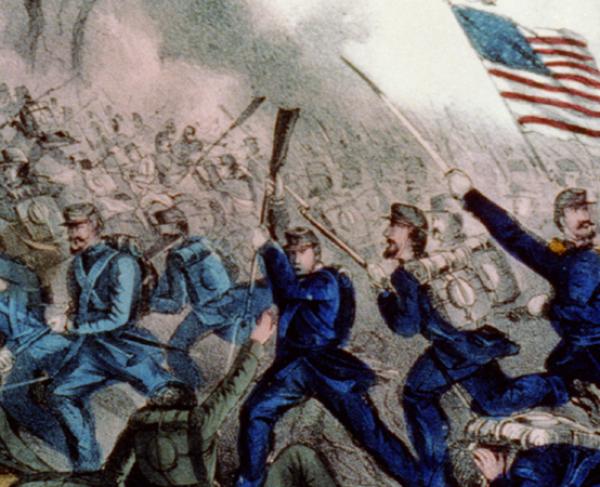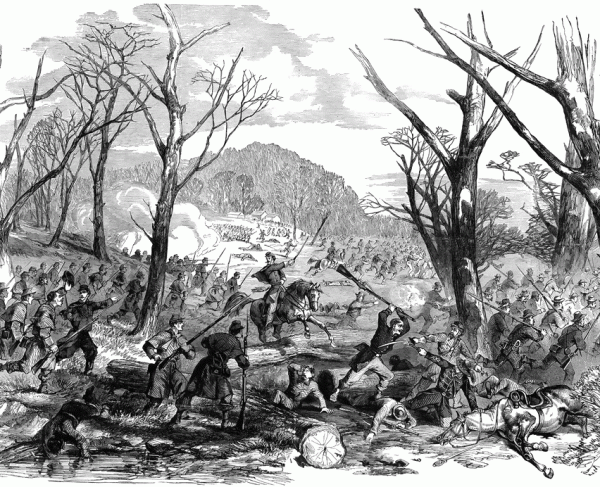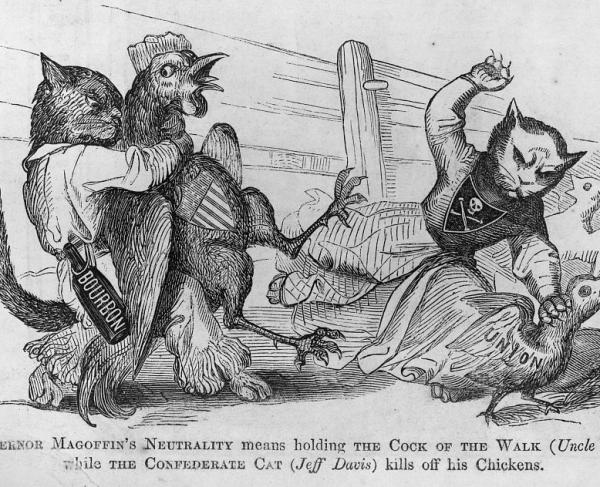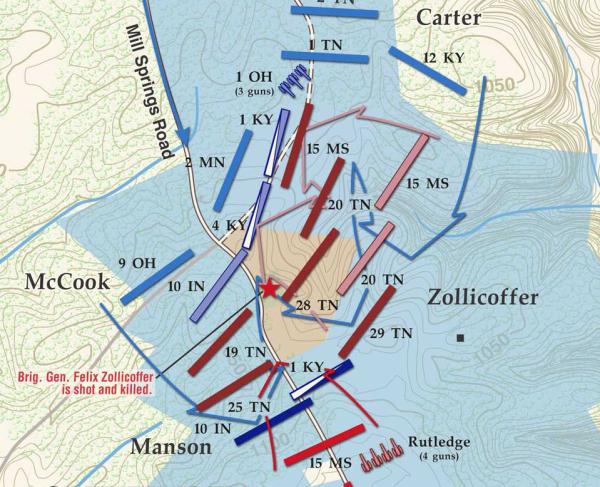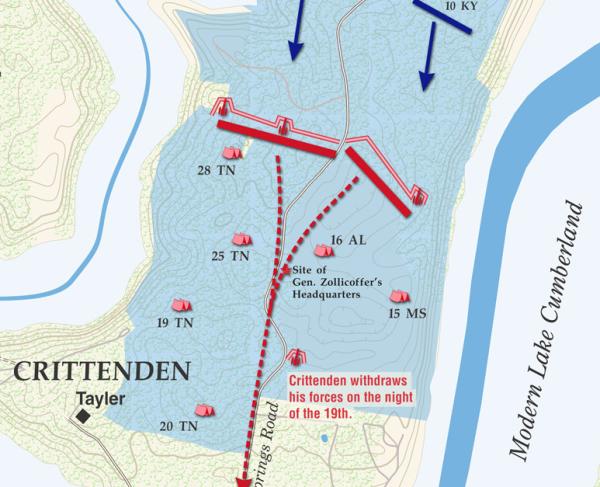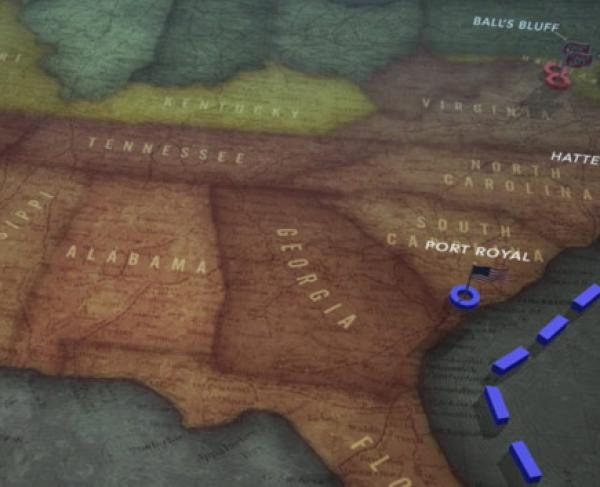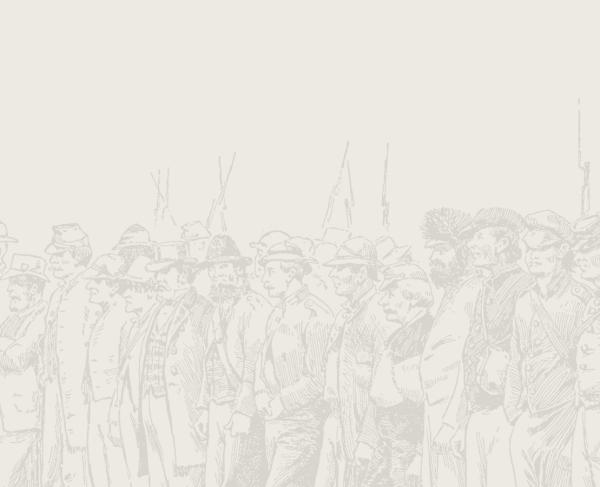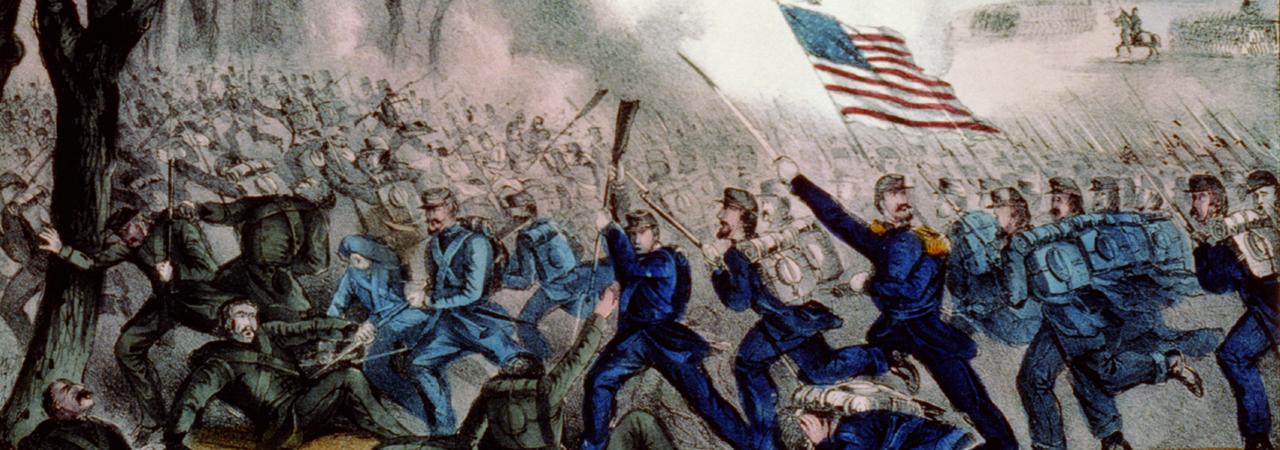
Mill Springs
Logan’s Crossroads
Pulaski County and Wayne County, KY | Jan 19, 1862
On January 19, 1862, Confederate forces under General Felix Zollicoffer attacked Federals under the command of General George H. Thomas at the Battle of Mill Springs, resulting in the death of Zollicoffer and a Union victory in Kentucky.
How It Ended
Union victory. After holding off several attacks, Thomas’s men were aided when General Albin F. Schoepf‘s men slammed into the Confederate right flank. The Confederates fled from the field and back to their fortifications at Beach Grove.
In Context
Although Zollicoffer’s primary responsibility was guarding Cumberland Gap, he instead advanced west into Kentucky in November 1861 to strengthen control around Somerset. Once in the area, he moved his force across the Cumberland River and created a fortified camp near Mill Springs. He hoped to threaten Federal forces near Somerset under Schoepf. However, once the Federals discovered that Zollicoffer had moved across the river toward Mill Springs, Union General George Thomas received orders to attack the Confederates.
In late December of 1861, Thomas received orders from his superior, Don Carlos Buell, to advance towards Somerset, link up with Schoepf, and attack the Confederates at Beach Grove. Accordingly, on New Year's Day, Thomas moved from his base in Lebanon, Kentucky, towards Somerset, slugging through rain-soaked roads. In the meantime, Confederate General George B. Crittenden moved from Knoxville to support Zollicoffer.
Once there, Crittenden became concerned with the potential risk of Zollicoffer's position with a river to his rear. Crittenden decided to attack the Federal force at Logan's Crossroads because Schoepf's men had not yet linked up with Thomas. Crittenden moved his army during the night of the 18th towards the Federal position
4,400
5,900
Early on the morning of the 19th, Confederate cavalry hit the Federal army's advance along Mill Springs Road. After a running fight, the Confederates were halted near a crossroads where three roads converged on Mill Springs Road. Zollicoffer mistook the troops in his front to be Confederates in the growing fight and rode towards them to stop perceived friendly fire. However, after riding up towards the unit, Zollicoffer discovered they were Federals and was promptly shot by Colonel Speed S. Fry of the 4th Kentucky Infantry.
Nevertheless, the Confederates persisted and attacked the Federals. Intense fighting materialized around what was known as the Old Road, where the Confederates launched several repeated assaults along the road. At the fight's climax, Confederates from the 15th Mississippi Infantry almost broke through the Federal line but were stopped by reinforcements from Thomas, which drove the Confederates back down the hill.
Unbeknownst to the Confederates, Federal reinforcements from Schoepf arrived on the field and launched a spirited attack against the Confederate right, which broke the line. Only a rear guard action saved the Confederate army
262
552
Crittenden, now commander on the field, pulled his army back towards the Confederate positions at Beach Grove, where he moved his men across the river and back into Tennessee during the night.
During the opening moments of the Battle of Mill Springs, Confederate General Felix Zollicoffer mistook Federals to his front for being Confederates and tried to get them to stop firing upon his men. In doing so, he was shot and killed by Union Colonel Speed S. Fry of the 4th Kentucky Infantry. This confusion was a direct result of the thick smoke from the cannon fire that hindered visibility on the battlefield. In addition, Zollicoffer was nearsighted, which worsened his ability to see on the field.
In the months before the Battle of Mill Springs, morale in the Union armies was low, with the recent defeats at the battles of First Bull Run and Ball’s Bluff lingering in the minds of many Federal soldiers. However, in January 1862, Federals, under the command of George H. Thomas, secured a victory in Kentucky at the Battle of Mill Springs. Coupled with a victory at Middle Creek on January 10, 1862, Confederate control in Eastern Kentucky collapsed.
Mill Springs: Featured Resources
All battles of the Offensive in Eastern Kentucky Campaign
Related Battles
4,400
5,900
262
552
